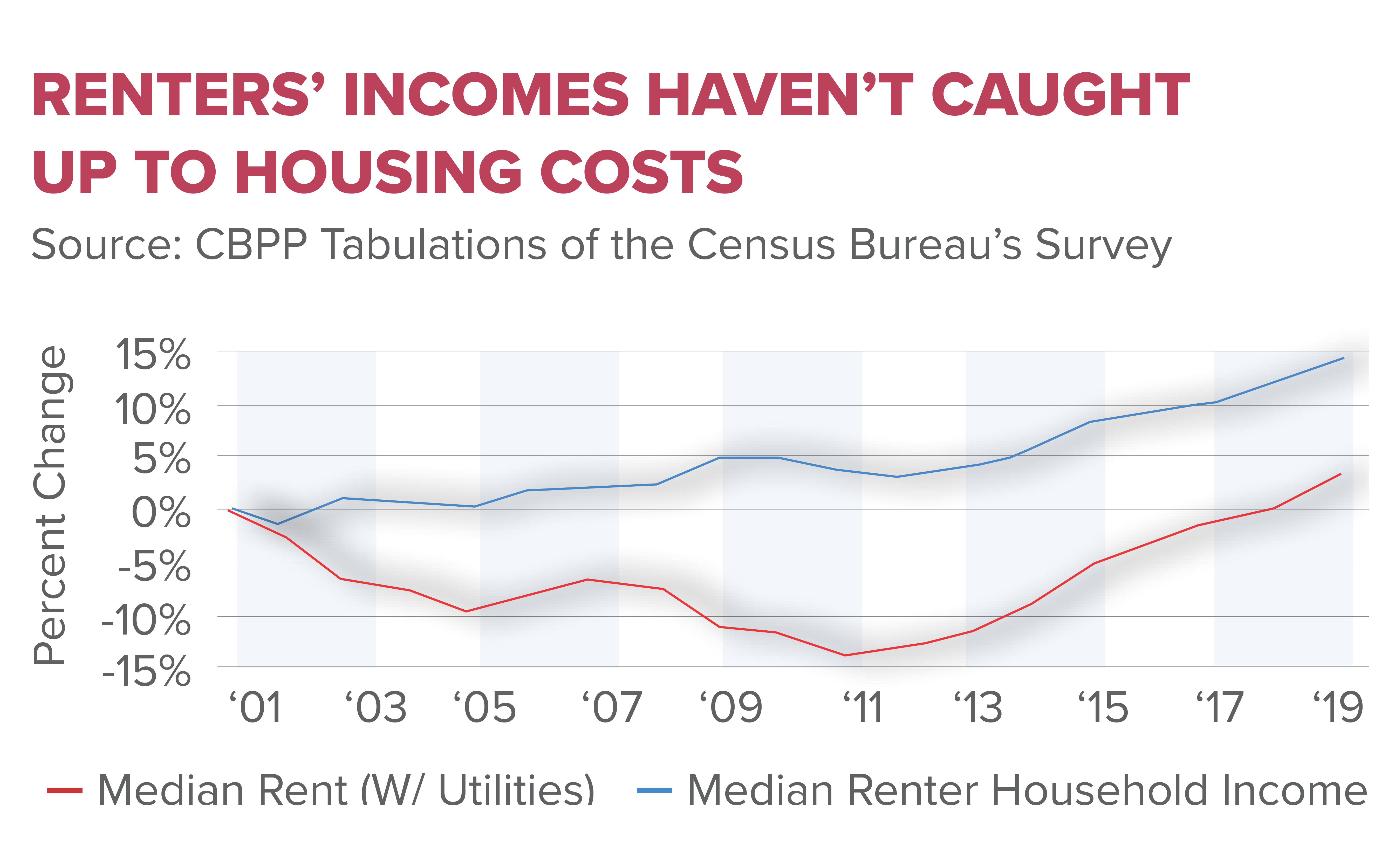The housing affordability crisis has emerged as one of the most pressing challenges in modern America, affecting countless individuals and families hoping to attain homeownership. With rising prices and stagnant wages, many find themselves locked out of the housing market, leading to increased demand for innovative real estate solutions. This predicament is exacerbated by NIMBYism and stringent land-use regulations that stifle development and hinder construction productivity. Consequently, potential homebuyers face escalating costs, which have more than doubled since 1960, bringing the dream of owning a home ever further from reach. Addressing this crisis requires a transformative approach that prioritizes real estate innovation and policy reforms to foster a more accessible housing landscape for all citizens.
The current predicament facing Americans in their pursuit of affordable housing can be referred to as the housing cost crisis or homeownership accessibility issue. This situation has led to widespread concern about the ability of families to secure stable housing amidst rising real estate prices and complex zoning laws. Strained by regulations and community opposition, builders are increasingly finding it difficult to meet the growing demand, resulting in a reliance on smaller-scale projects that lack the efficiency of larger developments. With diminished construction productivity and a pressing need for new housing options, stakeholders must explore creative solutions to ensure that homeownership remains attainable for future generations. The complexities of this housing cost crisis demand a multifaceted response that addresses both legislative barriers and the need for innovative construction practices.
Understanding the Housing Affordability Crisis
The current housing affordability crisis in the United States is a complex issue that has far-reaching implications for both individuals and the broader economy. As housing prices soar to unprecedented levels, a growing number of Americans find themselves priced out of homeownership. This concern is not merely about rising prices; it’s intertwined with deeper economic principles and the impact of policy decisions. As highlighted in recent studies, the cost of a new single-family home has skyrocketed since the 1960s, reflecting a myriad of factors including labor shortages, material costs, and particularly stringent land-use regulations.
The interplay between these regulations and housing costs is particularly pronounced. Communities often impose land-use policies aimed at protecting neighborhood aesthetics or maintaining property values, but the cumulative effect can be restrictive to builders. This has fostered a landscape where housing development is stifled, leading to an imbalance between supply and demand. Consequently, the crisis manifests not only as a struggle for individuals aspiring to homeownership but as a barrier to economic mobility and innovation within the housing sector.
NIMBYism: The Barrier to Housing Supply
NIMBYism, or “Not In My Backyard” sentiment, has emerged as a significant obstacle in addressing the housing affordability crisis. Many residents advocate for land-use regulations that align with their preferences but inadvertently contribute to a shortage of available housing. This pushback against new developments and change in established neighborhoods promotes a culture of exclusion, where the needs of current homeowners are prioritized over prospective buyers. As regulations become more stringent, builders are compelled to design smaller, idiosyncratic projects rather than large-scale, mass-produced homes that can meet the demands of a growing population.
The consequences of NIMBY policies extend beyond mere inconveniences for developers. Smaller development projects limit economies of scale that larger builders would typically capitalize on, reducing the overall productivity of the construction industry. By producing fewer units per worker, the construction industry’s capacity to innovate suffers, leading to stagnating housing supplies and escalating prices. Consequently, addressing NIMBYism can be seen as a crucial step toward revitalizing the housing market, boosting productivity, and ultimately improving affordability for all.
Land-Use Regulations and Their Economic Impact
Land-use regulations play a pivotal role in shaping housing markets, influencing not only the type of homes that can be built but also their overall cost and availability. As cities and municipalities impose these regulations, developers face a labyrinth of zoning laws, density restrictions, and permitting processes. This often results in higher construction costs that are passed down to homebuyers, exacerbating the affordability crisis. The implications of such regulations are profound, as they hinder the ability of builders to respond to market demands effectively, stifling innovation in housing solutions.
Moreover, the restrictive nature of land-use regulations has significant implications for overall economic productivity. Research shows that as these regulations have tightened over the decades, productivity in the construction sector has declined sharply. Without the ability to scale projects and take advantage of mass production techniques, the industry is unable to innovate or realize efficiencies. This stagnation reflects a broader trend within the housing market, where excessive regulation creates barriers that hinder economic growth and exacerbate the affordability challenges facing many Americans.
Reviving Construction Productivity Through Innovation
Innovation within the construction sector has often lagged behind other industries, contributing to the ongoing housing crisis. Historical data indicates that patenting activity in construction peaked in the mid-20th century, only to decline drastically post-1970. The fallout from stringent land-use regulations has stifled creative solutions and efficient building practices that other sectors have embraced. Without the flexibility to innovate, construction firms struggle to reduce costs and meet housing demand, highlighting the necessity of regulatory reform to invigorate the sector.
Real estate innovation is vital to overcoming the current challenges in housing supply. By embracing new construction technologies and methodologies, builders can enhance efficiency and lower construction costs. The integration of modular building techniques, sustainable practices, and advanced materials can position the industry to adapt to the evolving landscape of housing needs. Encouraging a shift in policy that supports innovation within construction can ultimately lead to increased productivity, reduced prices, and a more accessible housing market for all.
The Role of Government in Housing Development
Government bodies play a crucial role in shaping housing development through policy-making and regulatory frameworks. Their decisions directly impact land-use regulations, zoning laws, and urban planning initiatives. While these policies are often designed to maintain community character and protect existing homeowners, they can inadvertently impede new construction, contributing to the housing affordability crisis. Striking a balance between protecting neighborhoods and fostering growth is essential for creating sustainable housing solutions that benefit all residents.
Furthermore, proactive government involvement can catalyze significant improvements in housing availability and affordability. By simplifying the permit process, reducing unnecessary regulations, and incentivizing large-scale housing projects, governments can spur the development of affordable housing. Emphasizing collaborative efforts among builders, community leaders, and policymakers can help to align interests and focus on innovative solutions that effectively address housing supply issues while respecting community needs.
Shifting Community Attitudes Towards Development
Changing community attitudes towards housing development is critical in combating the NIMBY phenomenon. As awareness grows regarding the implications of housing shortages, it’s vital to foster open dialogue between developers and residents. Highlighting the importance of diverse housing options can encourage communities to rethink their approaches to development. Education on the benefits of increased housing supply, such as economic growth and improved local services, can help shift perceptions and reduce opposition to new projects.
Additionally, community engagement in the planning process is essential to address resident concerns. Inviting feedback and incorporating input from community members can lead to more acceptable development plans, aligning the interests of both builders and residents. Promoting a culture of inclusivity in housing discussions can pave the way for innovative solutions that cater to the diverse needs of growing populations while overcoming entrenched resistance to development.
The Future of Homeownership in America
The outlook for homeownership in America hinges on a delicate balance of market forces, regulatory policies, and community attitudes. As housing prices continue to escalate, the dream of homeownership becomes increasingly elusive for many families. The growing disparity in home equity among different demographics reflects significant challenges that must be addressed to promote equitable access to housing. The future landscape of homeownership will largely depend on how effectively industry stakeholders address underlying issues and collaborate on sustainable solutions.
Moreover, fostering a proactive approach to housing development can facilitate broader access to homeownership through increased supply and improved affordability. By encouraging innovation, reassessing land-use regulations, and adopting more accommodating policies, the housing market can begin to recalibrate. As the focus shifts towards creating inclusive communities with diverse housing options, the dream of homeownership can once again become attainable for a larger segment of the American population.
Leveraging Technology to Address the Housing Shortage
The integration of technology into the housing sector offers promising solutions to alleviate the current shortages. Innovations such as prefabrication, 3D printing, and smart home technologies can revolutionize how houses are built and connected. These advancements can streamline construction processes, enhance energy efficiency, and ultimately reduce costs. Embracing such technologies can empower builders to meet demands more effectively, thereby contributing to addressing the housing affordability crisis.
Additionally, leveraging data analytics and market research can provide valuable insights into housing trends and consumer preferences. Understanding what potential buyers are seeking can guide developers in creating more desirable and accessible options. By using technology as a tool for informed decision-making, the construction industry can drive growth, enhance productivity, and ultimately lead to a more sustainable housing market that better serves the needs of today’s population.
Addressing the Intergenerational Housing Divide
The widening gap in housing wealth across generations raises critical questions about equity and opportunity in America. Young families are increasingly struggling to achieve homeownership due to soaring prices and stagnant wages, while older generations hold significant housing wealth. This shift has long-term implications for economic mobility, as access to homeownership is often a key factor in building wealth. Addressing this intergenerational divide requires targeted policies that facilitate greater access to affordable housing for younger buyers.
Programs aimed at providing financial assistance, promoting cooperative housing models, or investing in community development can help bridge this gap. Increasing the availability of affordable housing options that cater to first-time buyers can empower the next generation to invest in their futures. Furthermore, fostering dialogue about the importance of equitable housing policies can contribute to a more inclusive and supportive environment that values homeownership as a collective goal, benefitting society as a whole.
Frequently Asked Questions
How do NIMBYism and housing affordability crisis relate to each other?
NIMBYism, or ‘Not In My Backyard’ sentiment, significantly contributes to the housing affordability crisis by promoting local resistance to new development. This attitude leads to stricter land-use regulations, which ultimately reduce the availability of housing and increase costs for potential homeowners.
What role do land-use regulations play in the housing affordability crisis?
Land-use regulations restrict the development of new housing projects, making it difficult for builders to create affordable homes. These regulations contribute to the housing affordability crisis by limiting construction productivity and leading to higher prices for newly built homes.
How does construction productivity impact the housing market?
Construction productivity directly affects the housing market by determining how efficiently homes can be built. Low productivity, often due to restrictive land-use regulations, leads to fewer homes being built, which exacerbates the housing affordability crisis by reducing supply and increasing prices.
What innovations in real estate could help alleviate the housing affordability crisis?
Real estate innovations, such as modular and prefabricated housing, can help alleviate the housing affordability crisis by improving construction efficiency and reducing costs. Embracing these innovations can enhance construction productivity and increase the availability of affordable housing.
How has the housing affordability crisis evolved since the 1970s?
Since the 1970s, the U.S. housing affordability crisis has worsened due to a combination of rising real estate prices, stagnating construction productivity, and increasing land-use regulations. This period also saw a decline in large-scale housing projects, limiting the ability to build affordable homes.
In what ways can large construction firms benefit the housing market?
Large construction firms are often more efficient and capable of producing more housing units per employee compared to smaller firms. They leverage economies of scale to lower costs, which can help address the housing affordability crisis by delivering more affordable units to the market.
What can communities do to counteract NIMBYism in order to improve housing affordability?
Communities can promote awareness about the benefits of new housing developments, engage local stakeholders in planning discussions, and advocate for changes in land-use regulations. By fostering a more open and welcoming attitude towards development, they can help alleviate the housing affordability crisis.
What impact does falling construction innovation have on housing affordability?
Falling construction innovation leads to less efficient building practices and fewer effective solutions to reduce costs. This directly impacts housing affordability by causing new homes to remain expensive and out of reach for many potential buyers, thereby worsening the housing affordability crisis.
Why is measuring construction productivity crucial in addressing the housing affordability crisis?
Measuring construction productivity is crucial because it highlights inefficiencies in the housing sector that contribute to rising costs. Understanding how regulations hinder productivity allows policymakers to make informed decisions to improve construction practices and ultimately increase housing affordability.
What are the implications of declining housing wealth for younger generations in the housing affordability crisis?
Declining housing wealth among younger generations indicates that they struggle to attain homeownership, which exacerbates the housing affordability crisis. It reflects a systemic issue where rising prices and insufficient supply hinder their ability to accumulate wealth through real estate, leading to long-term economic disparities.
| Key Points | Details |
|---|---|
| U.S. Housing Affordability Crisis | Homeownership has become increasingly difficult for many Americans due to rising costs and stagnant wages. |
| Factors Influencing Costs | The price of new single-family homes has more than doubled since 1960, primarily due to rising labor and material costs, as well as land-use regulations. |
| Impact of NIMBY Policies | “Not in my backyard” (NIMBY) regulations restrict size and scale of construction, hampering productivity and innovation in the housing sector. |
| Declining Construction Productivity | Between 1970 and 2000, construction productivity fell by 40%, unlike other industries where productivity continued to rise. |
| Intergenerational Wealth Transfer | Younger generations are accumulating much less housing wealth compared to older generations, leading to economic disparity. |
| Historical Context | Construction productivity was consistent from 1935 to 1970 but declined sharply as land-use regulations increased. |
Summary
The housing affordability crisis has become a pressing national issue, as homeownership slips out of reach for many Americans. This crisis stems from a combination of factors, including rising labor and material costs, restrictive land-use regulations, and declining construction productivity. Addressing these challenges requires a re-evaluation of existing policies to boost housing supply and innovation, ensuring that future generations can access affordable housing. Without such changes, the gap between housing costs and incomes will continue to widen, exacerbating the affordability crisis.










